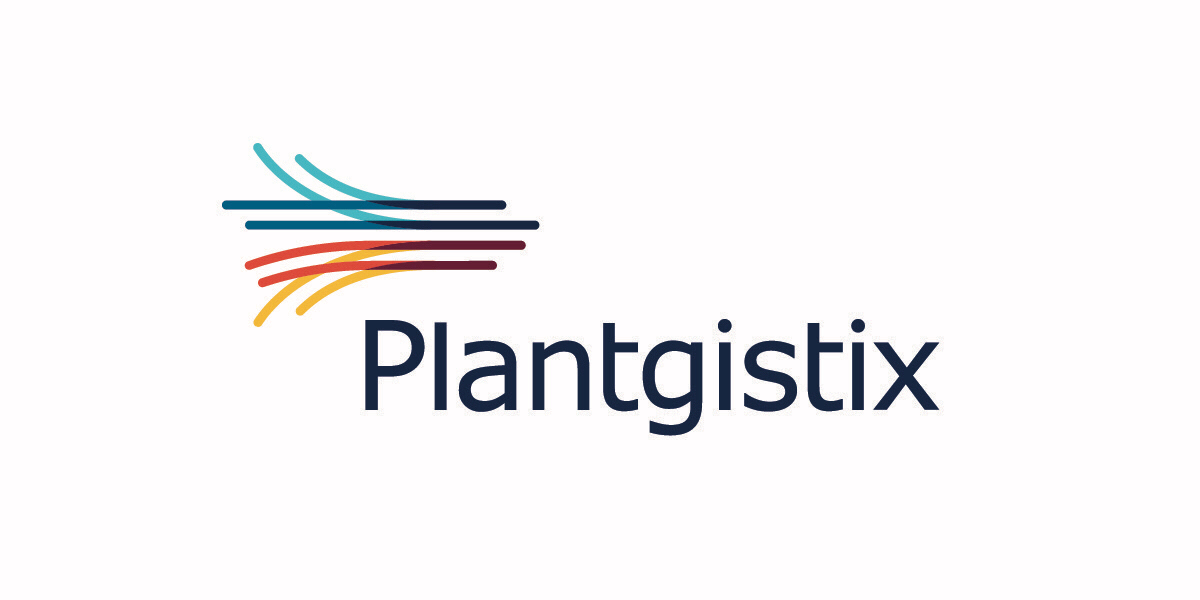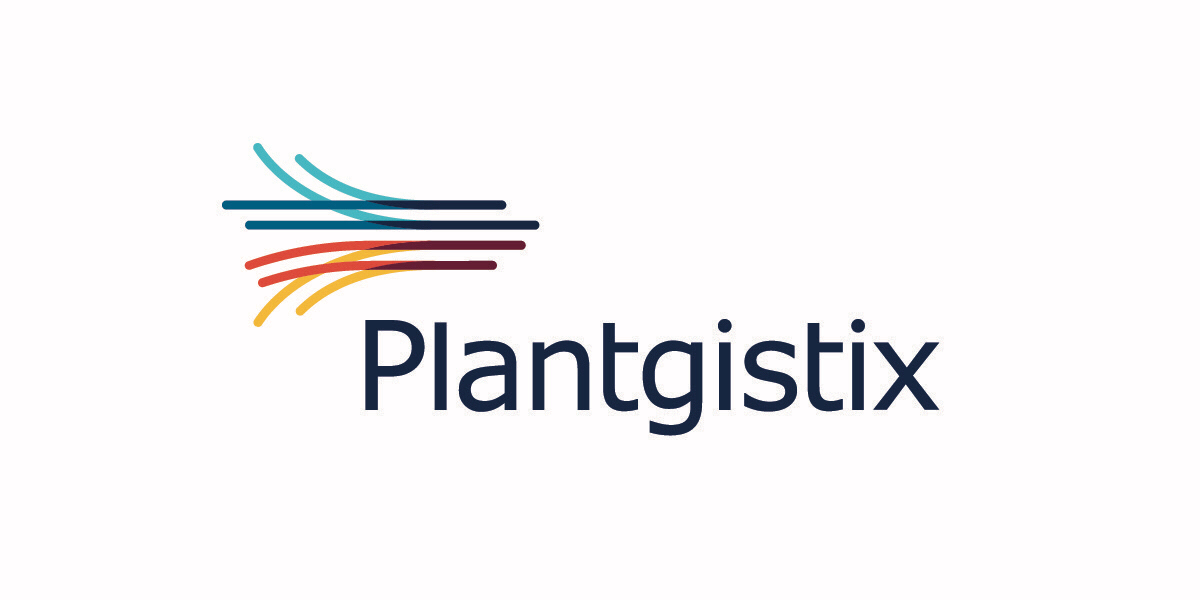Information
-
Audit Title
-
Audit Location
-
Conducted on
-
Prepared by
-
Personnel
Walking/Working Surfaces (29 CFR 1910.22-30)
-
Are aisle ways clearly marked?
-
Are aisle ways clean, free from obstructions with 18" of clearance?
-
Are aisle and walkways sufficiently illuminated?
-
Are railings provided on the open side of exposed stairs and platforms?
-
Are chains up across open dock doors?
Material Handling/Pedestrian Safety (29 CFR 1910.176-184)
-
Is the material identified and properly stored?
-
Are forklift drivers operating safely?
-
Are aisles and restricted areas clearly identified?
-
Are pedestrians using designated walkways where available?
-
Are the aisle ways clear of debris and materials?
-
Are stop signs in place at intersections?
-
Are drivers using the horn at intersections and upon approach to work stations?
Means of Egress (29 CFR 1910.33-39)
-
Are exit routes and maps clearly posted throughout the facility?
-
Are exits free of obstructions with 28" of clearance?
-
Are the directions to exits, when not immediately apparent, marked with visible signs?
-
Are exits marked by a readily visible and lighted (if necessary) sign?
-
Are non-exits appropriately marked so there is no confusion?
Fire Protection (29 CFR 1910.155-165)
-
Are portable fire extinguishers mounted so they are easily accessible and between 4" and 5' off the ground with 36" clearance to reach them?
-
Are all fire extinguishers inspected monthly and noted on the inspection tag or log?
Hazardous Materials (29 CFR 1910.101-120)
-
Are gas cylinders located or stored in areas where they will not be damaged by passing or falling objects or subject to tampering by unauthorized persons?
-
Are cylinders located, stored and secured in a manner to prevent them from creating a hazard by tipping, falling, or rolling?
-
Are flammable liquids kept in labeled and closed containers when not in use?
-
Are storage cabinets used to hold flammable liquids labeled "FLAMMABLE -KEEP FIRE AWAY"?
-
Are combustible scrap, debris, and waste materials such as oily rags stored in covered metal receptacles and removed from the worksite promptly?
-
Are all secondary containers labeled as to the product they contain?
Personal Protective Equipment/Hand Power Tools (29 CFR 1910.132-140)
-
Are ANSI safety glasses with side shields being worn in designated areas?
-
Is hearing protection readily available and being worn in designated areas?
-
Are air hoses and other trip hazards off the floor?
-
Is the area free of homemade tools and cheater bars?
Equipment/LOTO Procedures (29 CFR 1910.212-219)
-
Are all guards in place and functioning properly?
-
Are all interlocks in place and functioning properly?
-
Are E-Stops installed and tested regularly?
-
Is the equipment free of leaks?
-
Is the equipment clean?
-
Are lockout tagout procedures posted, understood and followed?
Electrical (29 CFR 1910.303 -335)
-
Are panel doors closed, no holes and/or obstructed?
-
Is the area free if exposed wiring?
-
Are extension cords only used on a temporary basis (less than 6 month) and in good condition?
-
Are outlets, switches, conduit and boxes in good condition?
-
Are electrical cords free of insulation breaks and temporary repairs?
Good Housekeeping Practices
-
Are workstations organized and in good condition?
-
Are trash cans clean and not overflowing?
-
Are personal cooling fans clean and hung properly?
-
Are break areas, if applicable, clean?
-
Are ladders/stairway secured and accessible?
-
Is the area free of oil or water buildup on walking or working surfaces?
-
Are the top of cabinets, machines and equipment free of clutter?
-
Are walls or columns free of improperly stored tools and equipment?
-
Are the floors free of holes and other slip or trip hazards?








